1. The Sinking of the Titanic (1912)
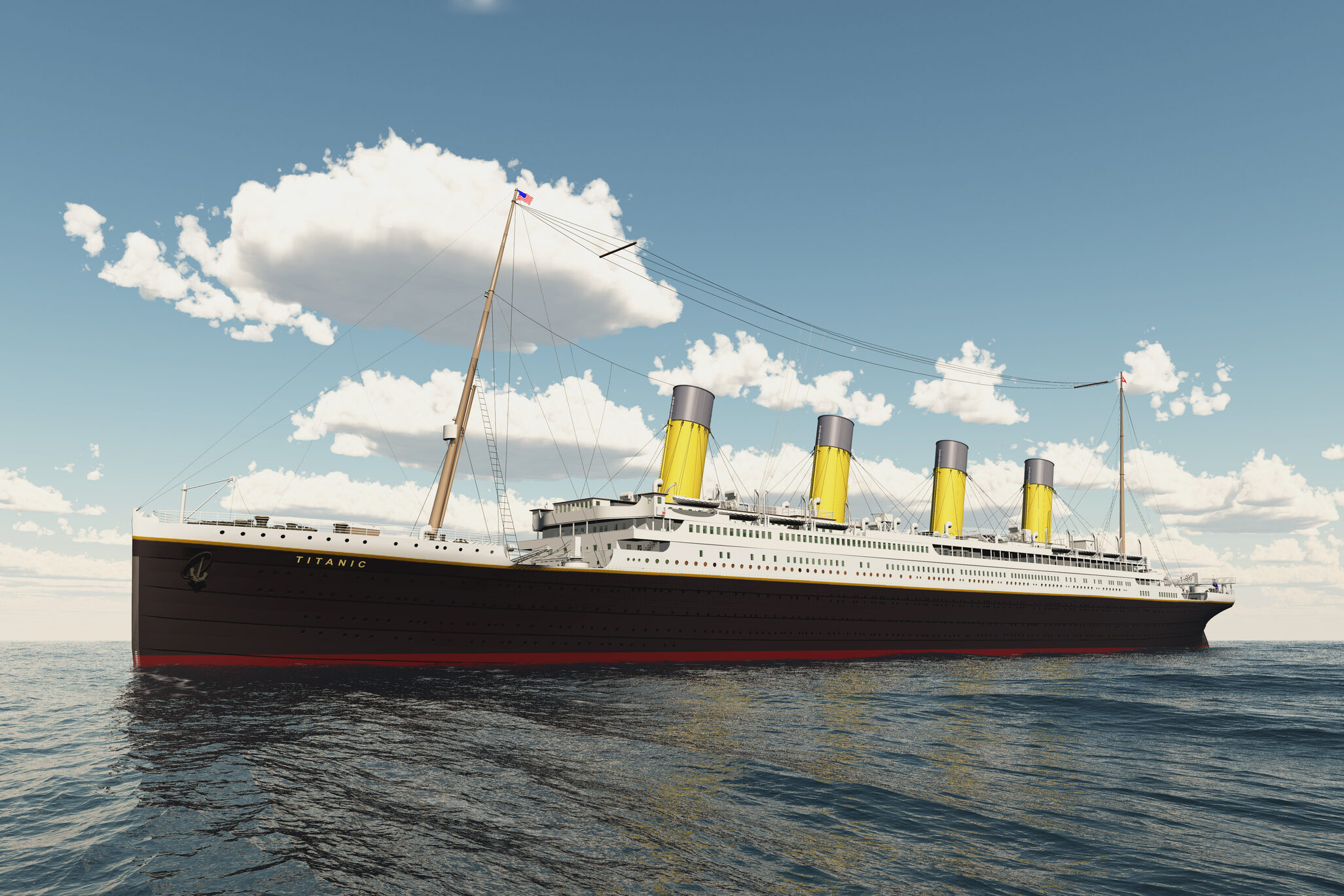
We can’t talk about cruise ship disasters without starting with the most infamous of them all—the Titanic. In April of 1912, this “unsinkable” luxury liner hit an iceberg during its maiden voyage and sank into the freezing Atlantic. Out of the 2,224 passengers and crew on board, more than 1,500 perished due to a lack of lifeboats and freezing waters. The disaster sparked global outrage and led to major reforms in maritime safety, including mandatory lifeboats for all passengers. Hollywood dramatizations have kept the story alive, but the real tragedy remains a sobering lesson on hubris and preparedness.
2. The Costa Concordia Tragedy (2012)

The Costa Concordia disaster is one of the most shocking modern cruise ship accidents. In January 2012, this massive vessel ran aground off the coast of Italy after the captain steered too close to shore to “show off” to passengers. The ship capsized, resulting in 32 deaths and a chaotic evacuation. Many criticized the captain for abandoning ship during the crisis, an action that later landed him a lengthy prison sentence. This incident brought renewed focus on evacuation protocols and ship safety measures, reminding everyone that even the biggest modern vessels can still be vulnerable.
3. The Sinking of the Empress of Ireland (1914)
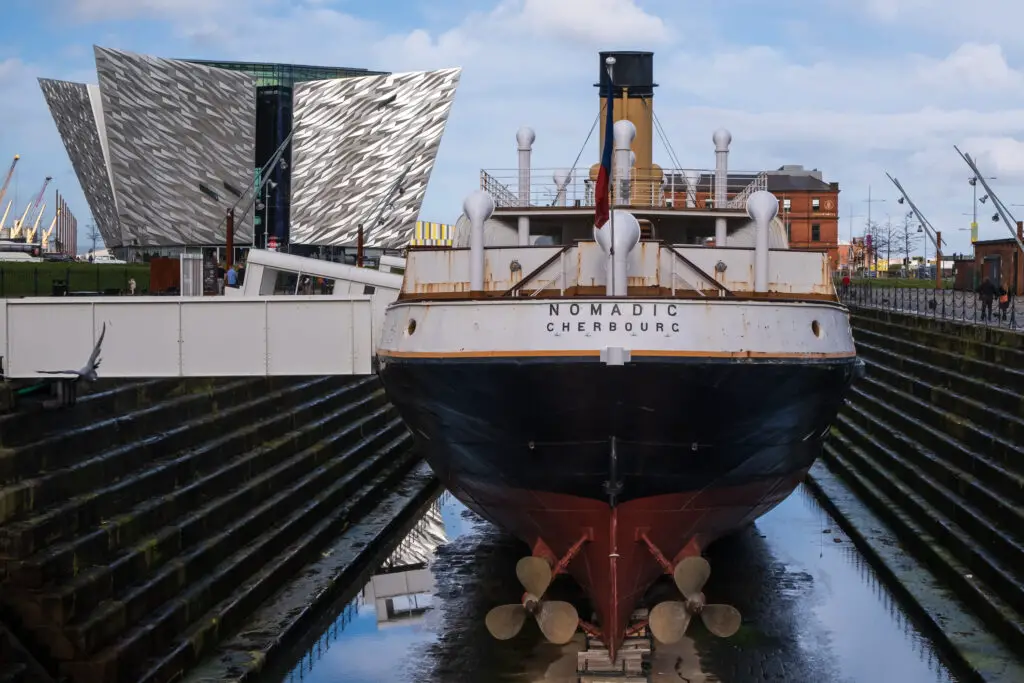
Overshadowed by the Titanic, the Empress of Ireland disaster remains one of Canada’s deadliest maritime tragedies. In 1914, the ship collided with another vessel in heavy fog on the St. Lawrence River. It sank in just 14 minutes, taking over 1,000 lives with it. Poor visibility and lack of proper communication were key factors in the collision. The Empress disaster is often forgotten in history books, but it serves as a haunting reminder of how quickly things can go wrong at sea.
4. Fire on the SS Yarmouth Castle (1965)
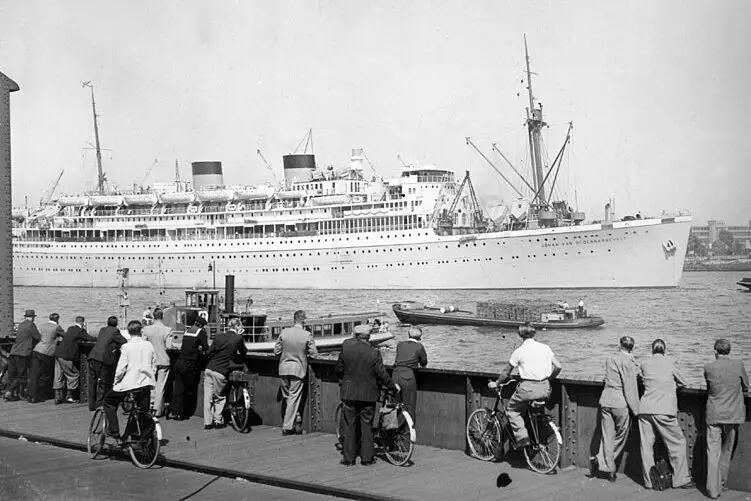
A terrifying fire broke out on the SS Yarmouth Castle in 1965 while traveling from Miami to Nassau. With outdated safety protocols and a lack of functioning fire alarms, the flames spread rapidly, leaving passengers trapped in their cabins. A total of 90 people lost their lives in the blaze. The tragedy prompted stricter fire safety standards for ships, including fire drills and improved alarm systems. It’s a chilling example of how one spark can turn into a catastrophe at sea.
5. The Doomed SS Morro Castle (1934)
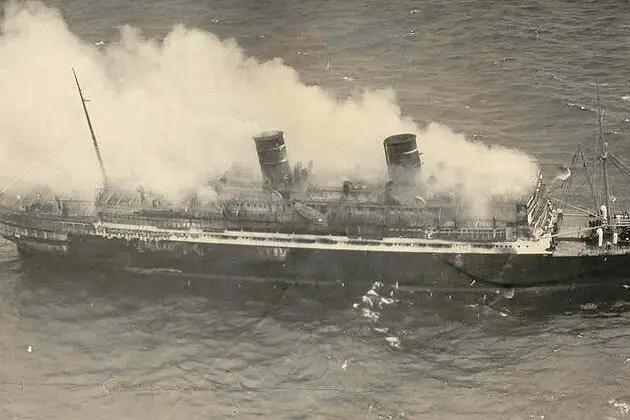
The SS Morro Castle met its fate under eerie circumstances in 1934. After the ship’s captain mysteriously died mid-voyage, a massive fire erupted onboard, engulfing the liner off the coast of New Jersey. Over 130 people perished, many jumping into rough seas to escape the flames. The incident uncovered critical flaws in ship safety, as flammable materials and outdated fire prevention measures contributed to the devastation. It’s a disaster that left a lasting mark on maritime regulations.
6. The Deadly Storm on the SS Andrea Doria (1956)
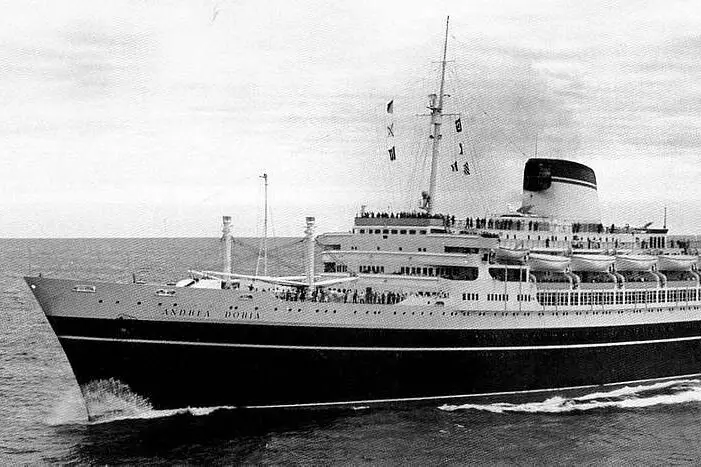
The Andrea Doria collided with another ship, the Stockholm, in dense fog near Nantucket in 1956. Despite being a modern vessel with radar, the collision breached multiple decks, leading to the ship’s slow sinking. Miraculously, thanks to nearby ships and an organized evacuation, most passengers survived, but 46 lives were still lost. The Andrea Doria is often remembered for its chaotic final moments, and the wreck now rests as a diving site, attracting adventurers with its tragic history.
7. The Seabreeze I Disaster (2000)
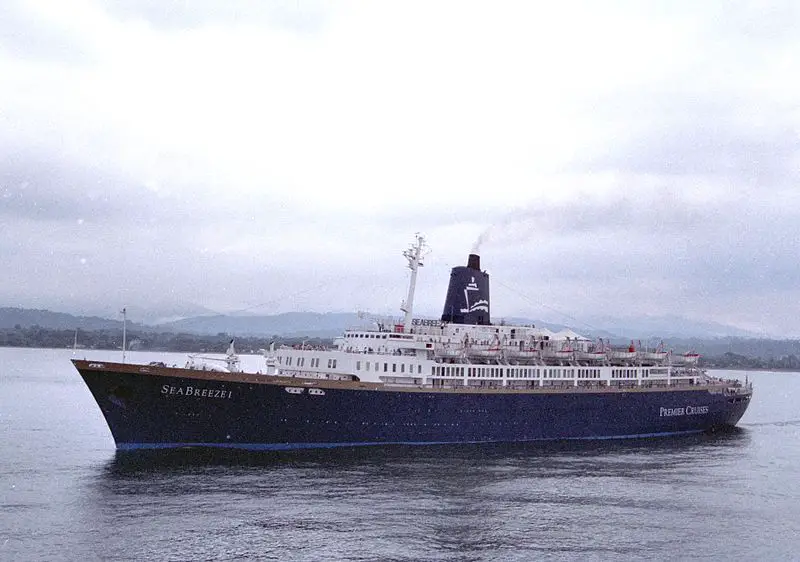
In 2000, the Seabreeze I met its end in dramatic fashion during a powerful storm off the U.S. East Coast. The aging vessel struggled against rough seas, eventually taking on water and sinking. Fortunately, all crew members were rescued, but the ship’s demise sparked questions about the safety of older cruise liners. This event serves as a cautionary tale about the importance of maintaining ships and retiring those that are no longer seaworthy.
8. The MV Doña Paz Tragedy (1987)
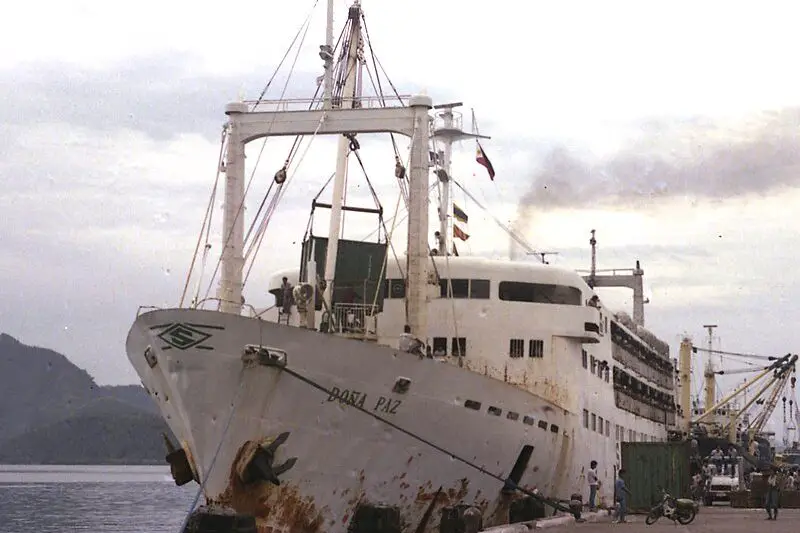
Known as the deadliest peacetime maritime disaster, the MV Doña Paz collided with a tanker in the Philippines in 1987. The tanker’s oil ignited, engulfing both vessels in flames. Over 4,000 people lost their lives, many trapped below decks. Shockingly, overcrowding and lack of proper safety equipment made the tragedy even worse. The Doña Paz disaster highlighted serious gaps in maritime oversight and remains a grim reminder of how devastating collisions can be.
9. The Sun Vista Fire and Sinking (1999)
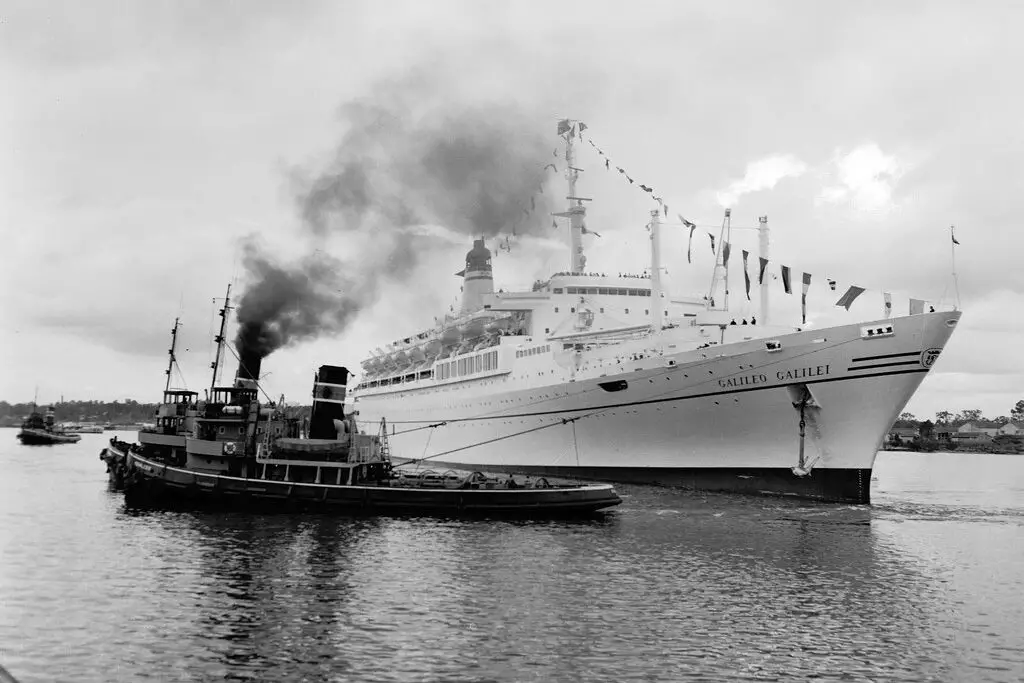
In 1999, the Sun Vista faced a catastrophic fire in its engine room while sailing through the Malacca Strait. As smoke filled the vessel, passengers and crew were forced to abandon ship in lifeboats. Miraculously, everyone survived, but the ship eventually sank into the ocean. The incident sparked debates about fire safety in cruise ship engineering and showcased the importance of well-executed evacuation plans in emergencies.
10. The Achille Lauro Hijacking (1985)
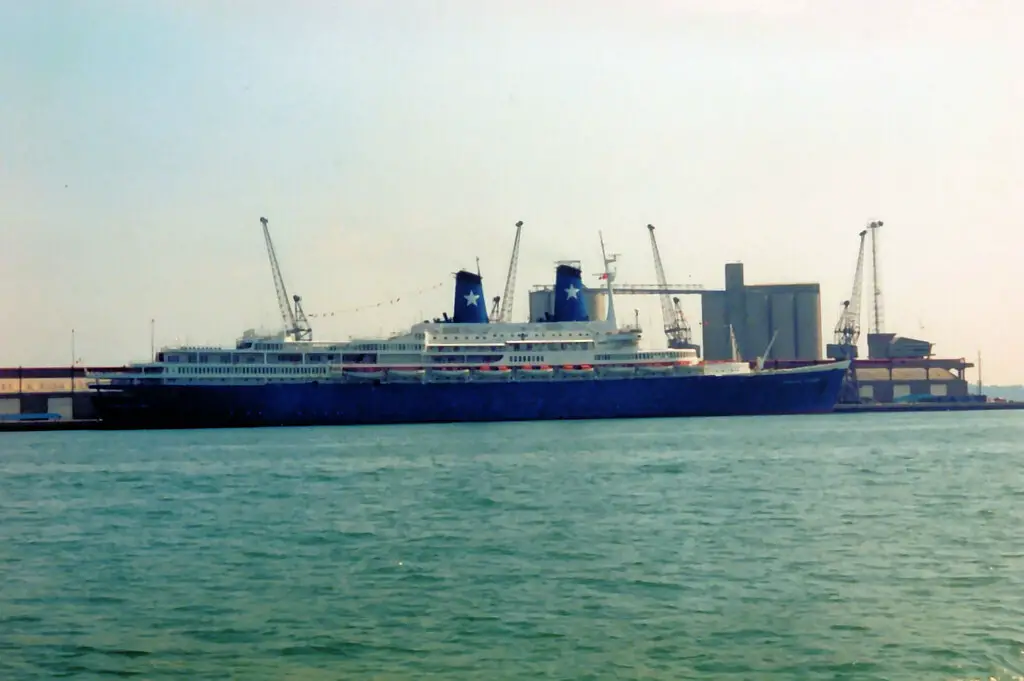
Not all cruise disasters are caused by nature or accidents. In 1985, the Achille Lauro was hijacked by Palestinian terrorists while sailing the Mediterranean. The militants held the ship hostage and tragically killed an elderly passenger before negotiations brought the ordeal to an end. The incident shocked the world and forever changed security measures aboard cruise ships. It highlighted the need for vigilance and preparedness against human threats in maritime travel.
11. The Norwegian Dawn Rogue Wave (2005)
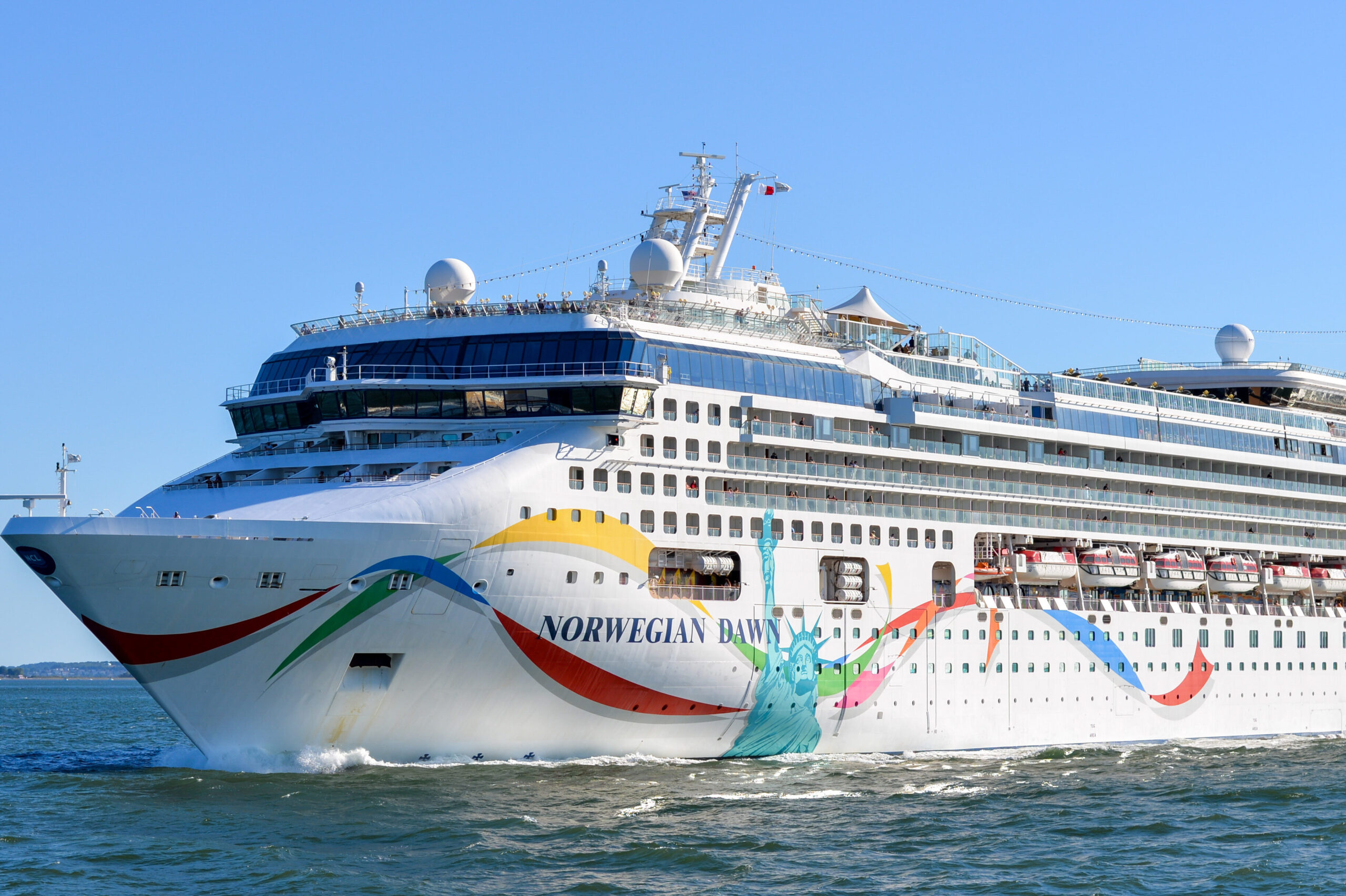
Cruise ships may seem indestructible, but Mother Nature has a way of proving otherwise. In 2005, the Norwegian Dawn was hit by a massive rogue wave during its return to New York. The 70-foot wall of water smashed windows, flooded cabins, and left passengers terrified. Thankfully, no lives were lost, but it served as a reminder that the ocean’s power is unpredictable. Rogue waves, though rare, are a very real phenomenon for seafarers.
12. The MV Explorer Antarctic Sinking (2007)
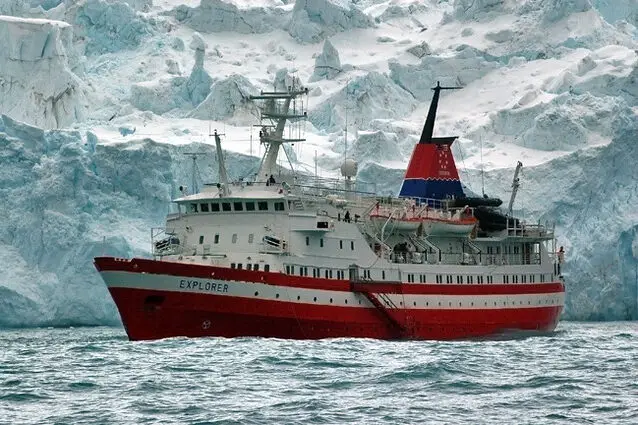
The MV Explorer was a small cruise ship that specialized in Antarctic expeditions. In 2007, it struck an iceberg—yes, like the Titanic—and began taking on water. Freezing temperatures and remote conditions made the rescue effort challenging, but all passengers and crew made it to safety in lifeboats. The MV Explorer now lies at the bottom of the Southern Ocean, a chilling reminder that even modern navigation technology can’t guarantee safety in the harshest environments.
